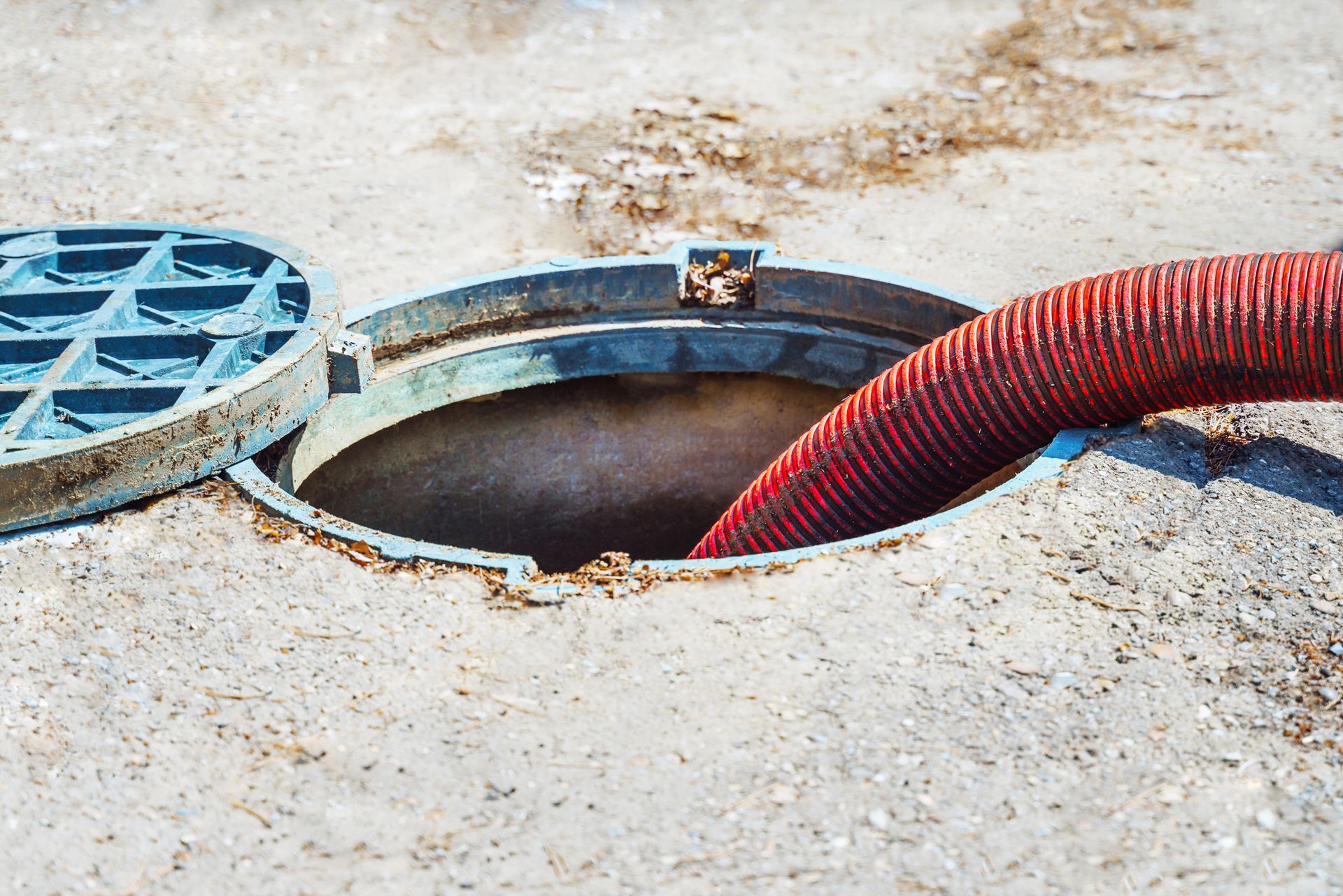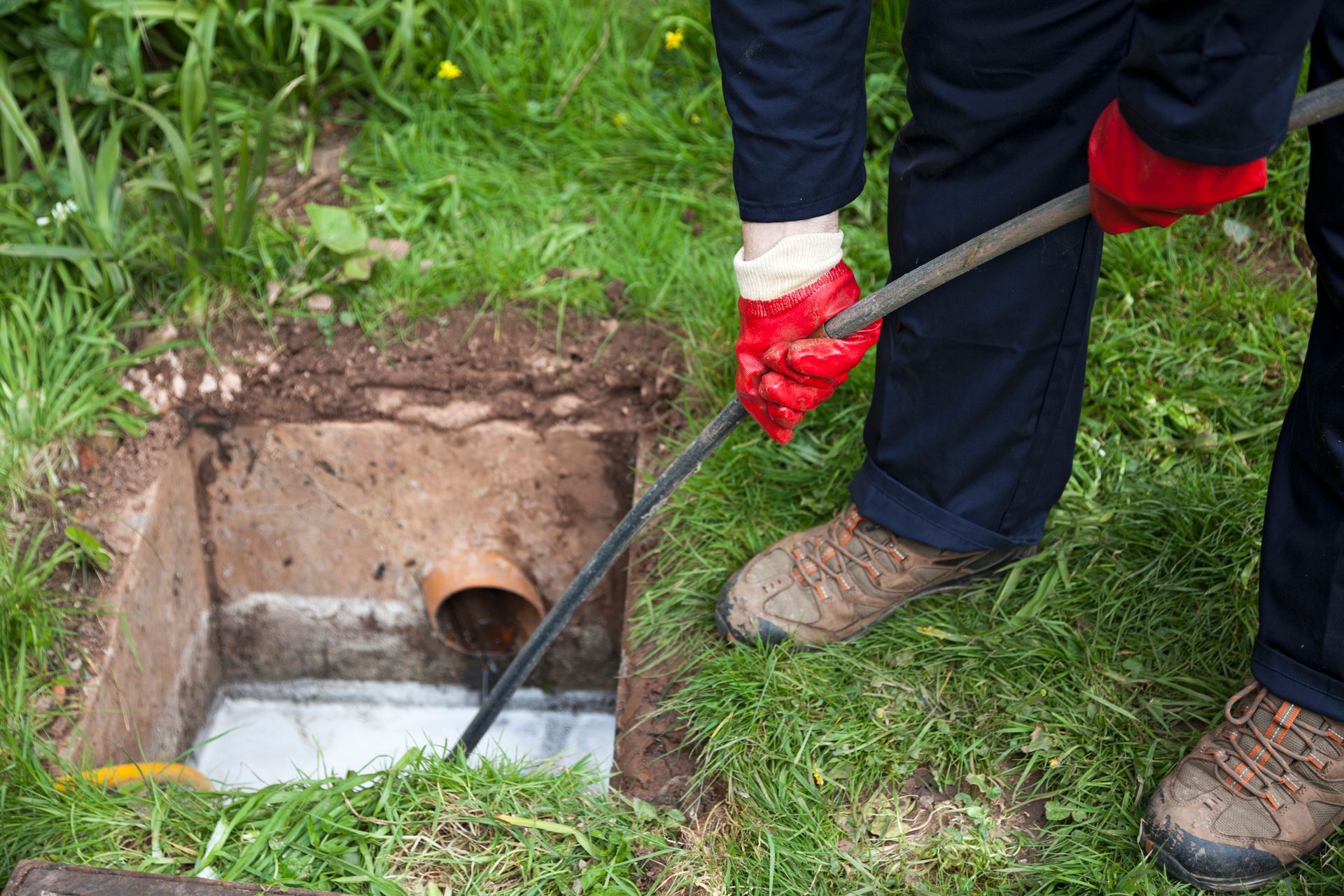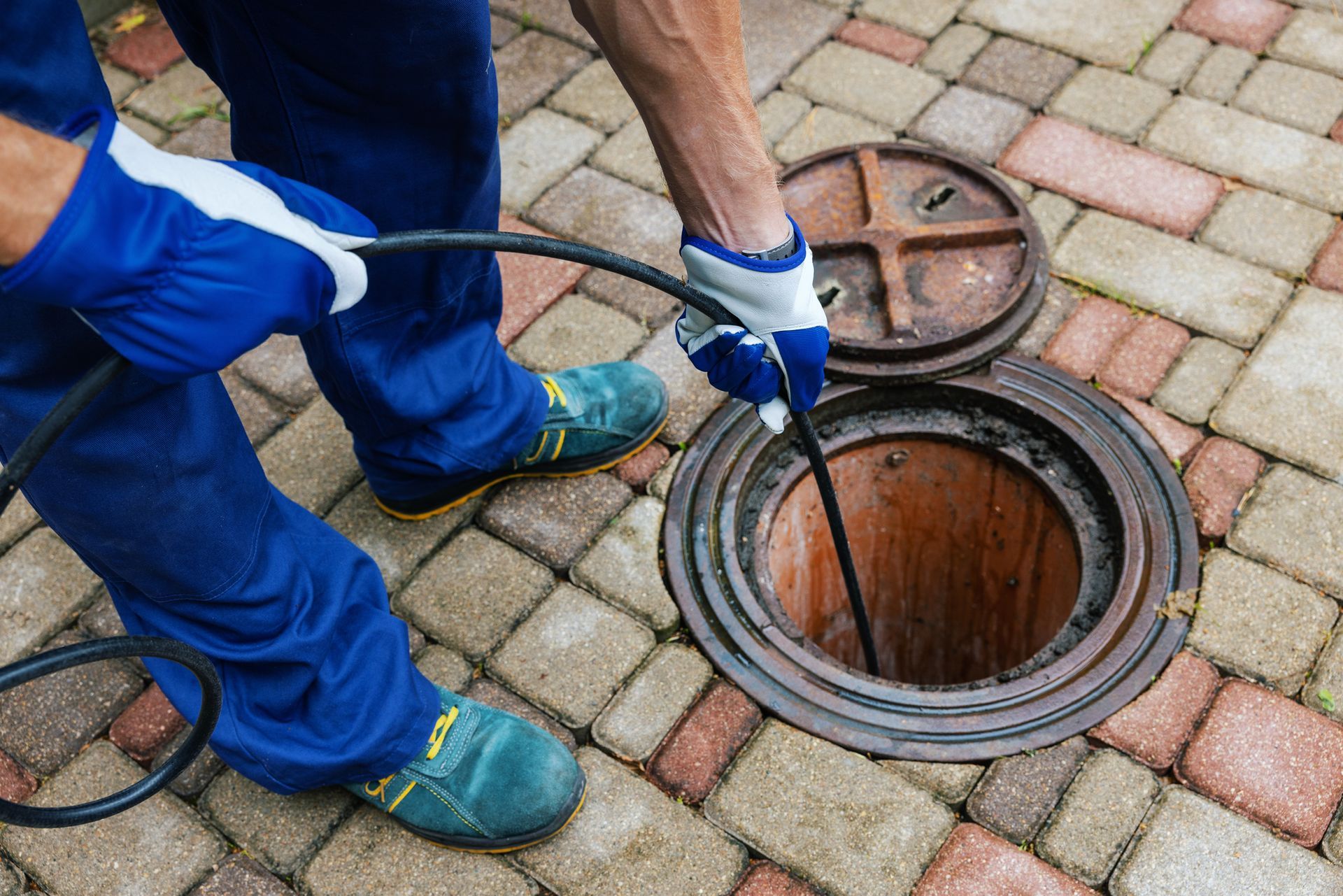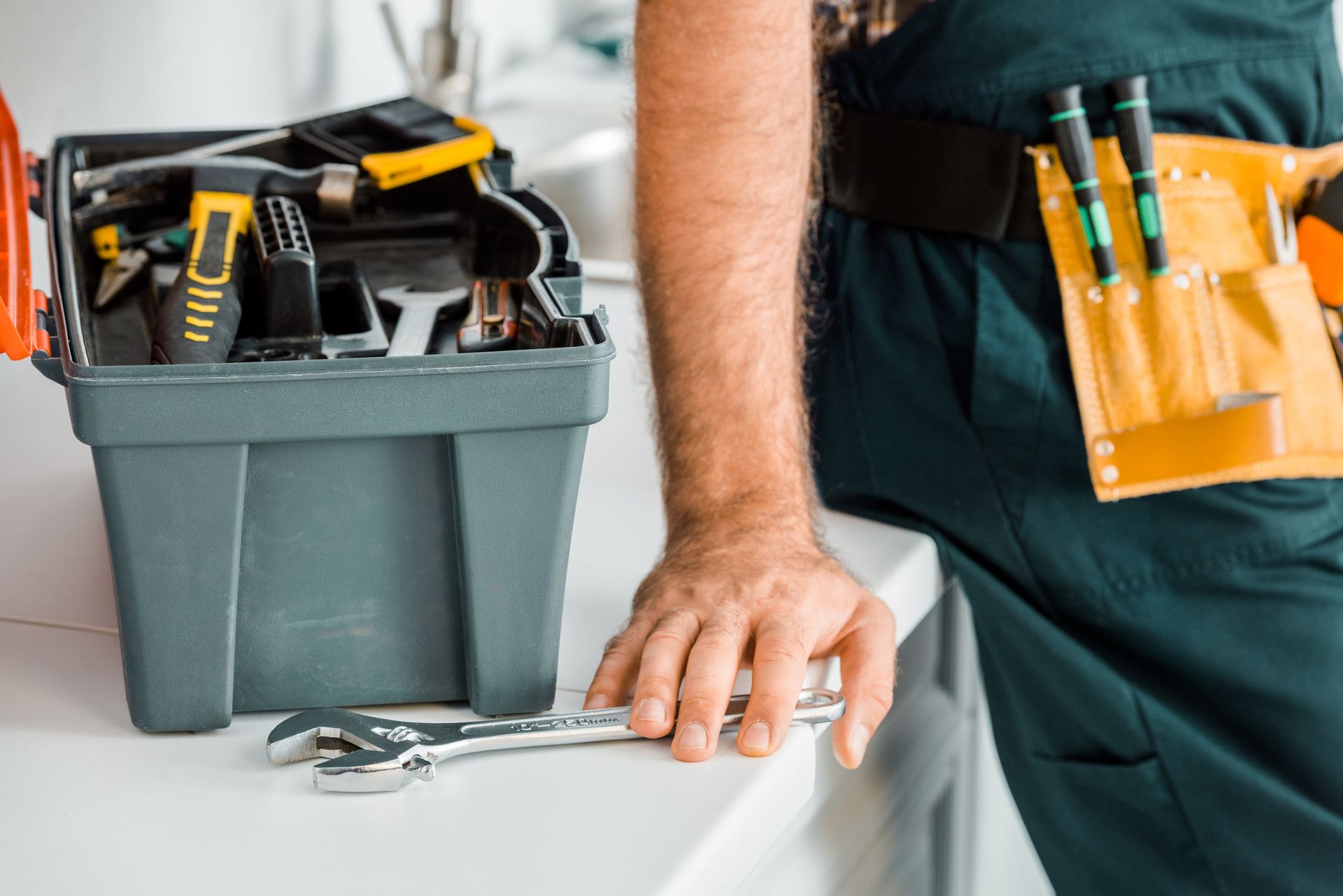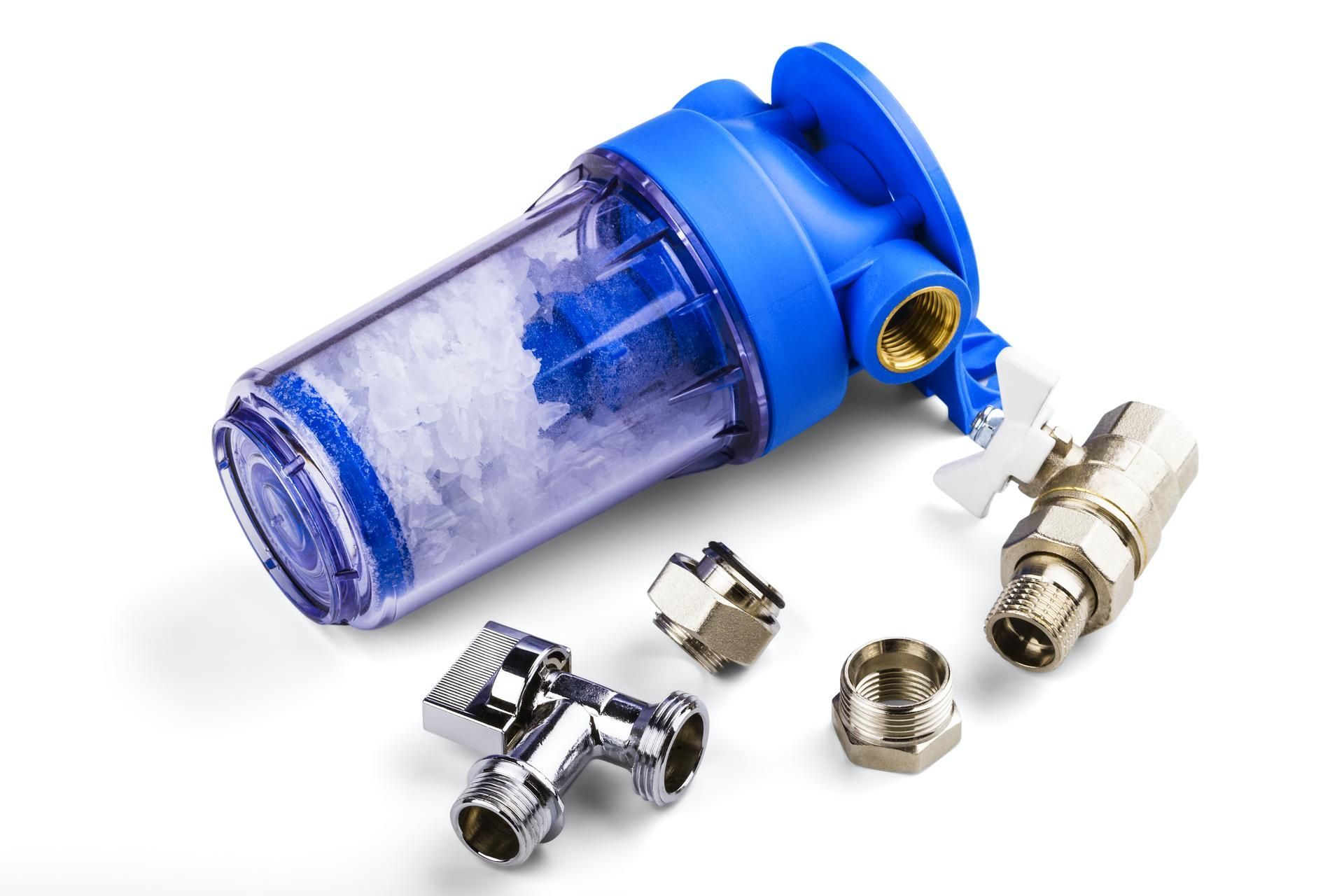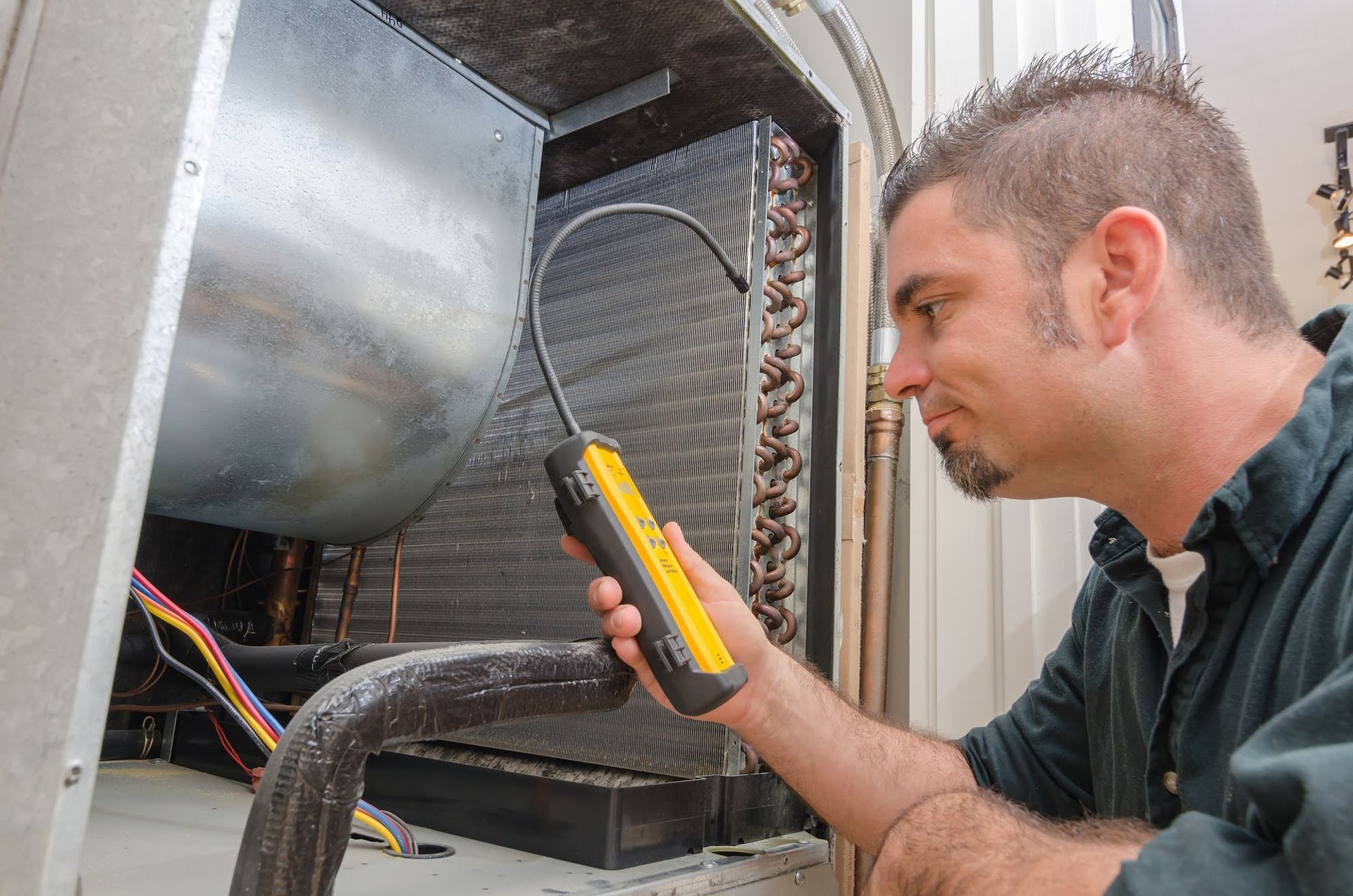What Are Air Conditioner SEER Ratings?

When you shop for a new AC unit, you must consider several factors like capacity, cost, air quality, and cooling speed. Most importantly, you should check SEER ratings as they will give you an idea of how much energy your new unit will use and how well it will condition your home’s air. The guide below offers an understanding of SEER ratings and their benefits.
What Are SEER Ratings?
The Seasonal Energy Efficiency Ratio determines an air conditioner's efficiency, similar to how miles per gallon ratings indicate a car's fuel efficiency. Manufacturers calculate a unit's SEER by dividing the cooling output over a typical cooling season by the total energy it consumes in the same time frame. In other words, SEER represents the energy and cost an AC unit uses to cool an interior effectively throughout the year.
A high SEER rating means a unit uses less energy to cool your home, which leads to lower utility bills. SEER ratings also help you compare air conditioner models if you want an energy-efficiency cooling system for your home.
What’s the Difference Between SEER and EER Ratings?
SEER and EER ratings typically confuse homeowners because they indicate an air conditioner's efficiency. Manufacturers calculate SEER ratings at various outdoor temperatures, ranging from 65 to over 100 degrees.
In contrast, EER ratings are measured at predetermined outside and inside temperatures and humidity. A higher EER ratio indicates higher efficiency, but manufacturers mainly use it to rate window air conditioners. SEER ratings are for central air conditioners and heat pumps.
What Is a Good SEER Rating?
Generally, the higher a model's SEER rating, the higher its energy efficiency. The best SEER rating depends on your cooling needs, location, size of your home, and other factors. Most older cooling systems have an 8 or 9 SEER rating, which is why HVAC experts recommend homeowners replace older, inefficient air conditioners.
Modern air conditioners have between 13 to 25 SEER, but the minimum SEER requirements depend on your location. States in the Southeast and Southwest impose a minimum SEER rating of 14, while 13 is the minimum for Northern areas. Before you buy an air conditioner, check state regulations on SEER ratings to get a unit that suits local weather patterns.
ENERGY-STAR-rated air conditioners have a SEER rating of 14.5 and above and carry higher price tags. For example, a 17 SEER unit costs $1500 to $2500 more than a 15 SEER AC system.
High SEER AC units feature advanced technology, such as multi-stage cooling, thermal expansion valves, and variable speed motors that add to purchase costs. However, these systems pay off in the long term through lower electricity bills, fewer repairs, and a long lifespan.
Benefits of High SEER Ratings
High SEER cooling systems have multiple benefits, including monetary savings. Summer means increased energy costs for most American households, but energy-efficient units can reduce the dent in your pockets. However, energy savings depend on several factors, including the SEER rating of your previous model, the insulation in your home, and the size of your home.
Efficient AC systems also have less impact on the environment because they use less energy than inefficient systems when they cool your home. Reduced energy consumption means that power plants demand fewer fossil fuels and release less carbon dioxide. If you are concerned about the effect of your appliances on the environment, consider AC units with high SEER ratings and appliances with the ENERGY STAR label.
Improved comfort is another benefit of high SEER air conditioners, thanks to variable speed blowers and two-stage cooling. These features let you adjust your unit's energy usage without reduced comfort. Also, high SEER cooling systems distribute air better, so you can avoid hot and cold spots or humidity issues.
The team at Garden Spot Mechanical, Inc., provides expert AC system installation services after we evaluate your cooling needs. Call us today to enjoy the benefits of energy-efficiency cooling systems.

